Talend Tutorial for Beginners
Talend Meaning

Talend can reduce and accelerate the time required to move data between storage systems and programs by automating this process and eliminating manual coding requirements, making computing faster and cheaper for organizations by creating data pipelines with real-time streaming of streaming data streams.
Talend’s primary function is to serve as an integrated hub where users may access and manage various data sources located throughout the organization or beyond.
It facilitates easy management of large amounts of information while giving employees quick and convenient access to any needed files or information at any time from multiple databases in a central place.
This makes data quality verification and the implementation of appropriate actions much simpler.
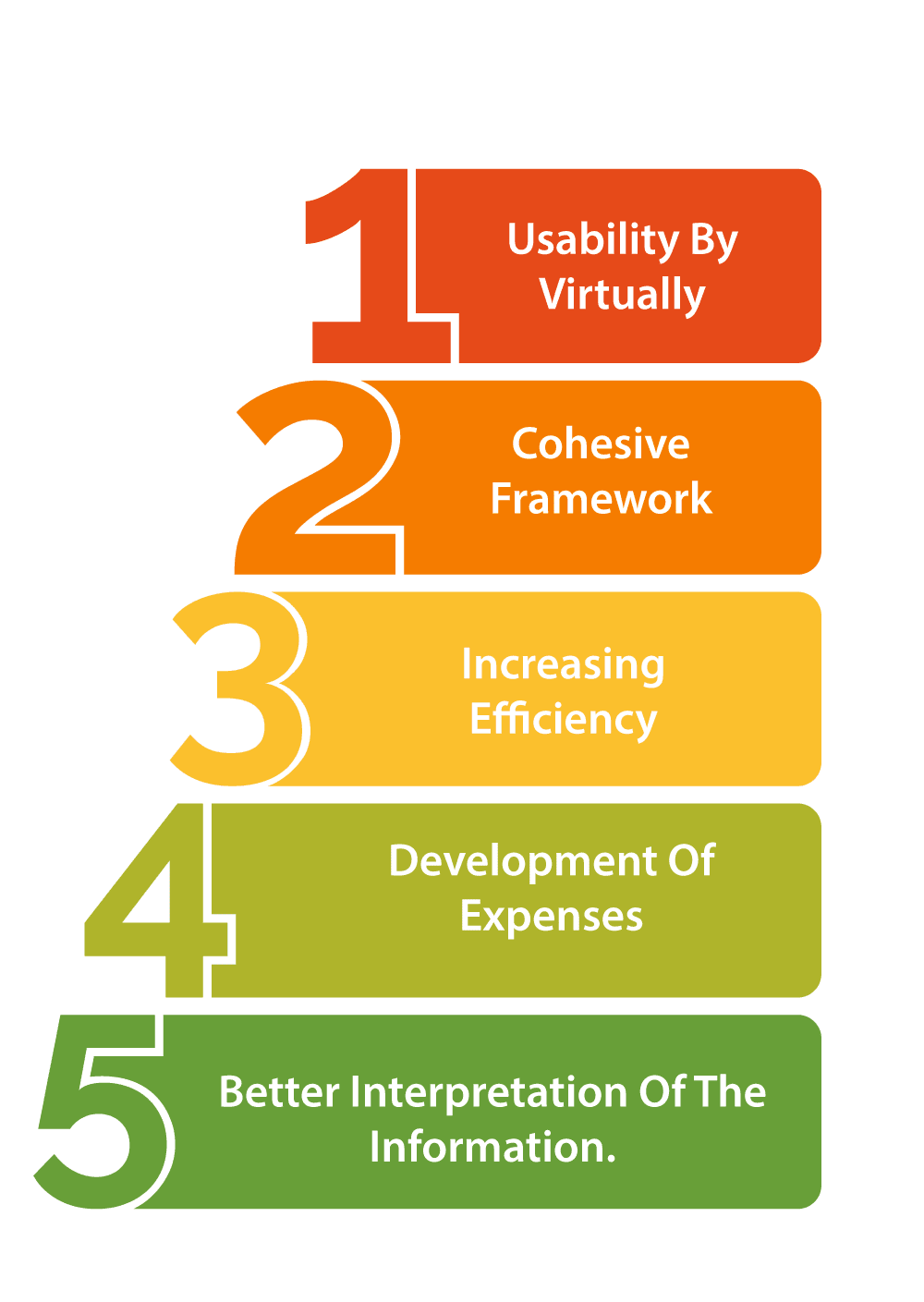
One of Talend’s great assets lies in its usability by virtually anyone with no specific technical expertise required – this means companies of any size ranging from startups to multinational conglomerates could stand to benefit.
Talend’s ability to consolidate disparate data sets into one cohesive framework makes it ideal for automating business procedures and unifying information from different sources into a consolidated format, particularly beneficial in organizations combining information from many different sources.
Talend streamlines this process by giving users access to an expansive library of settings and tools. By dismantling boundaries across data sets, this technology helps businesses better interpret their information.
Companies looking to develop data pipelines and combine multiple types of information would find Talend particularly helpful, saving both development expenses and increasing efficiency by employing this solution.
Components of Talend
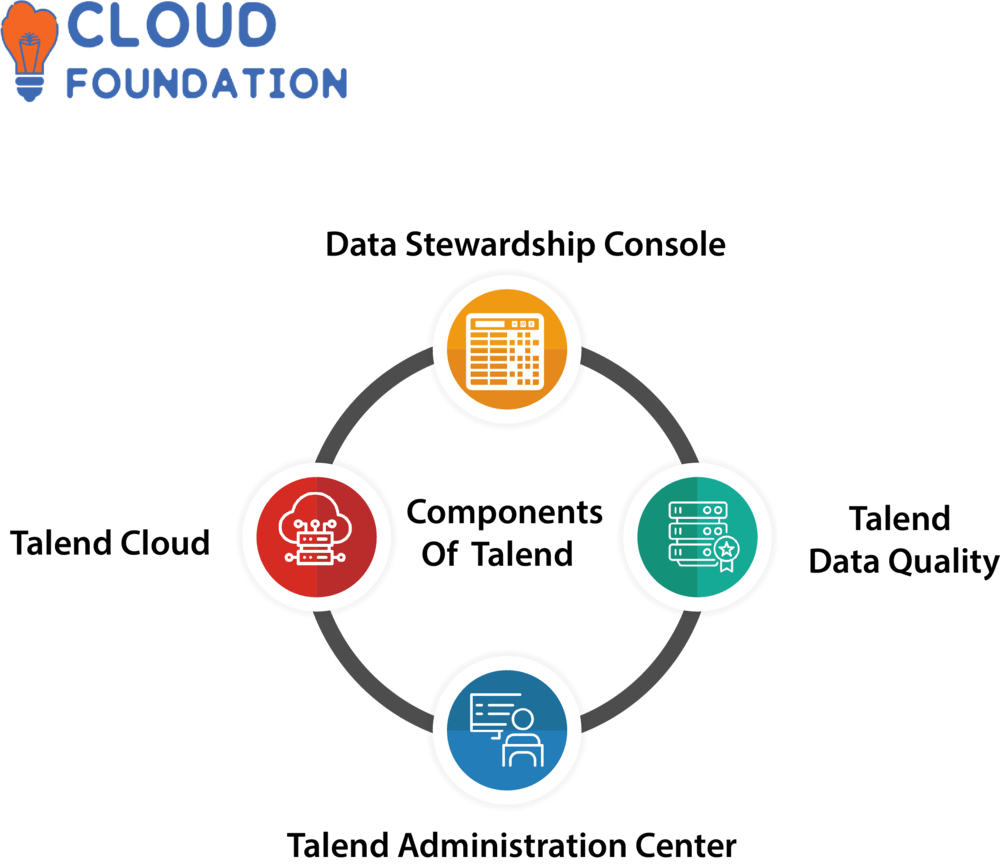
Talend Data Quality: Gives users access to tools they need for double-checking data to make better-informed decisions.
Talend Data Stewardship Console: Lets customers view and manage real-time operations while monitoring quality in real-time.
Talend Cloud: Provides customers with access to scalable, collaborative, and automated cloud-based solutions;
Talend Administration Center: Allows centralized user, role, and resource management of Talend.
Talend for Data Integration
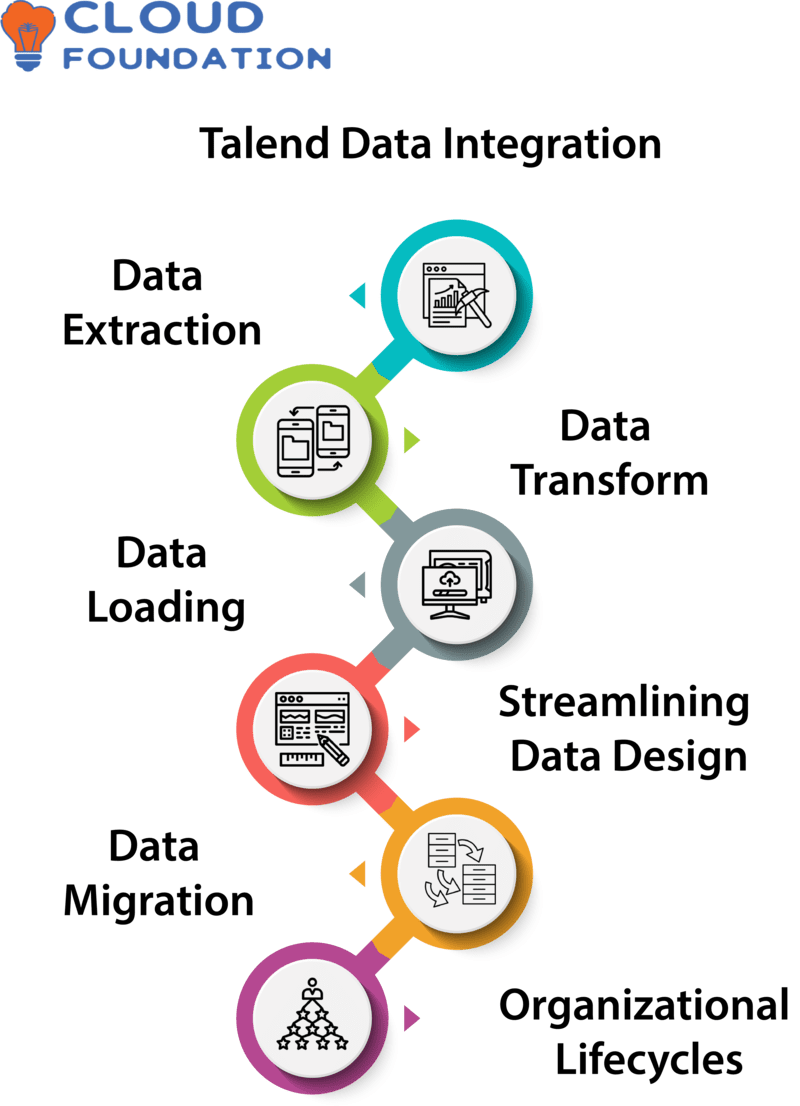
Users may therefore obtain the data they are searching for while consolidating information from various sources.
ETL stands for Extract, Transform, Load. these three steps represent data processing steps used by Talend to transform data from their original location into their intended system using SQL queries and formatting functions before being fed back out into various locations via Talend tools such as Talend. The information gleaned is modified before being fed out again into different systems via different ETL tools such as Talend.
This product and service helps streamline business processes by streamlining data design, migration, and organizational lifecycles.
Talend Data Quality

To gain a deeper insight into a dataset’s structure and content, data profiling should be undertaken as early as possible in the data integration pipeline process. By employing Talend’s profiling functionality businesses can ensure data integrity is monitored early enough in its processing pipeline process. Talend’s Data Quality featuresutilize rules-based filtering, matching, and transformation technology to facilitate data validation and verification.
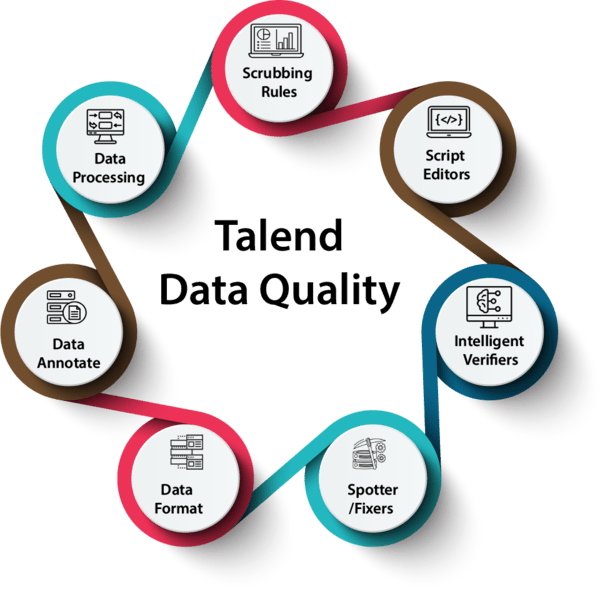
Users may use this platform’s predefined scrubbing rules, script editors, intelligent verifiers, and reference repositories for rule reuse to verify their data’s integrity. Furthermore, its spotter/fixers help pinpoint inaccurate values as well as format, annotate, and process the data in an efficient manner.
Talend can also be combined with data modeling tools to ensure information remains consistent across databases.

Talend Training

Open Studio for Data Integration
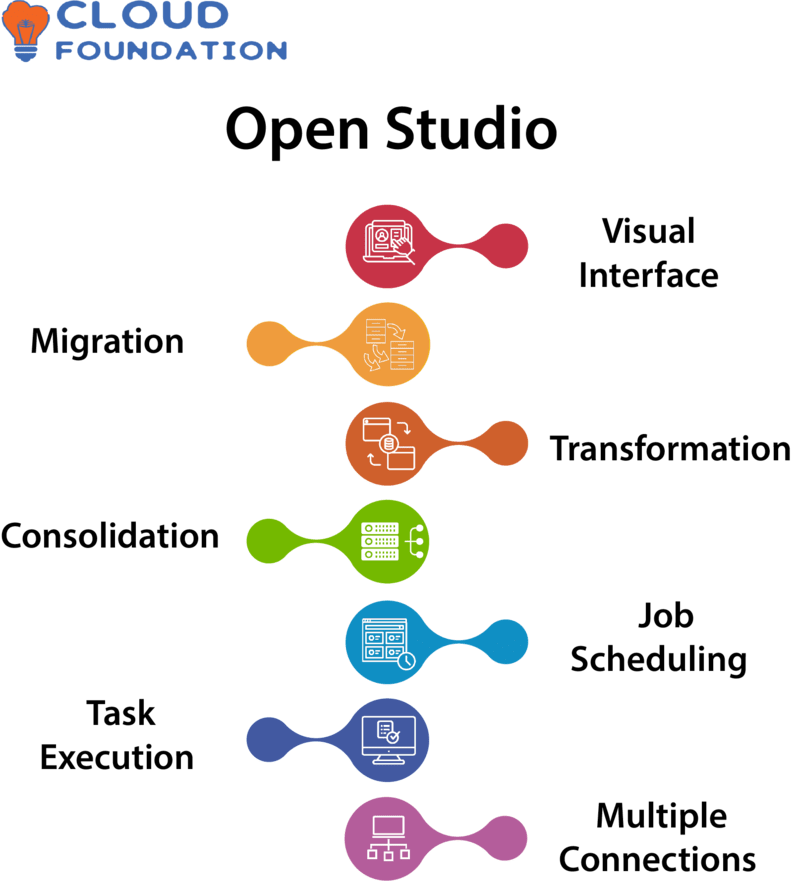
It features an easy visual interface that facilitates the creationof data management projects designed for the migration, transformation, and consolidation of data sets.
Diverse sources must be combined, transformed, presented, and sent off to various projects and end users for analysis and presentation.
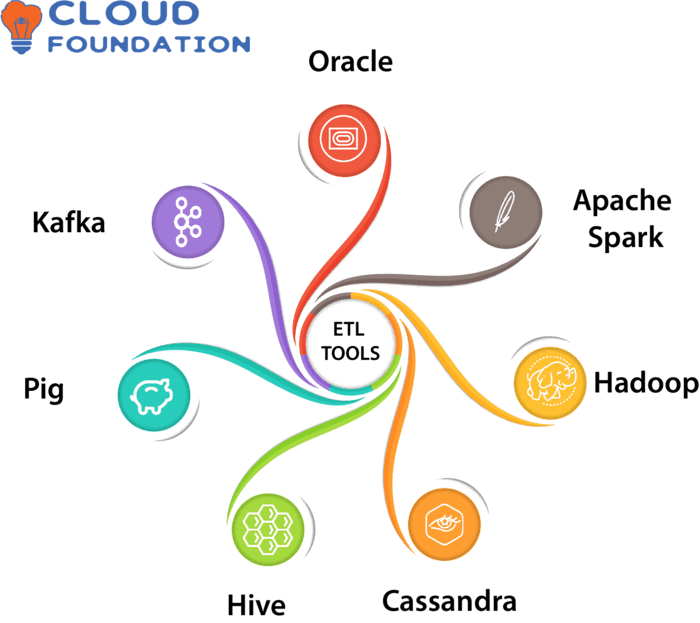
This platform also integrates natively with popular ETL basics tools like Oracle and Apache Spark; Apache tools available include Hadoop, Cassandra, Hive, Pig, and Kafka – among many others.
Additionally, this platform includes automation features such as job scheduling and task execution as well as its capacity for multiple connections to one application or system at any given time.
TOSDI provides users with tools that make data management and quality monitoring simpler and is fully compatible with Talend’s Data Stewardship Console.
As we move along, we shall become familiar with TAMP – Talend Administrative and Monitoring Platform
Talend’s TMap (Transform Map)
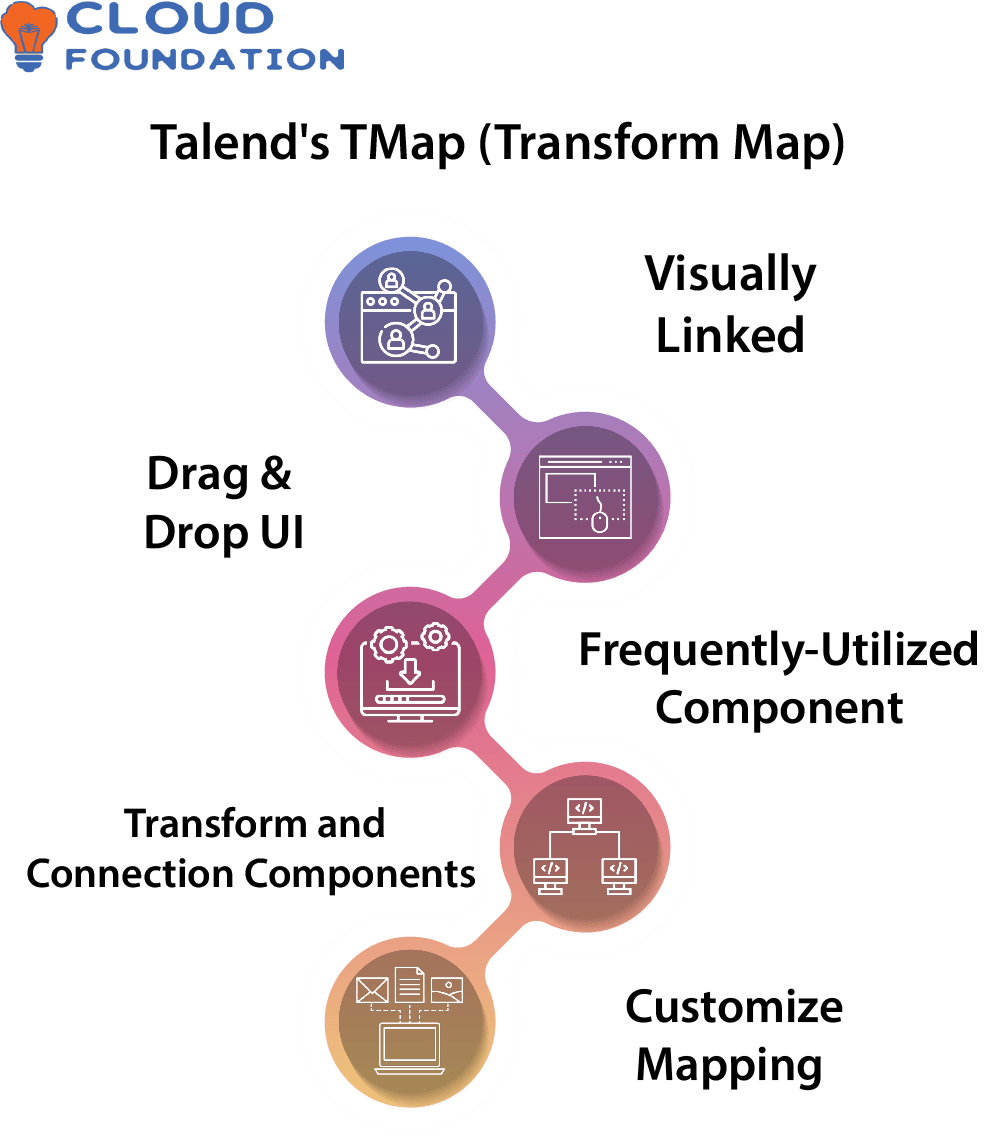
This component allows sources and destinations to be visually linked using its Drag & Drop user interface to simplify creating mapping rules between input parameters and output parameters. When working with Talend ETL/ELT procedures, This plays an integral part.
TMap is by far our most frequently-utilized component, as rows from multiple sources may be combined and transformed through various processes before being directed toward one or more destination files.
Mastering ETL requires extensive expertise, but for maximum impact,
we will examine its core elements:TMap module settings and fundamental principles of ETL. It can be easily added from the Talend Studio Job palette onto the Talend Studio workspace by simply dragging and dropping from the Job palette onto the workspace.
ETL/ELT tasks often utilize this powerful component as it offers various transformation capabilities for various data formats.
There are two parts to this solution:
Transform and connection components allow users to customize mapping from row to row using transform, while link specifies under what conditions a specific row from the input can be transferred over to the output.
Establishing it’s input and output information is necessary before beginning its use, with this step consisting of linking source files with target ones.
After connecting, both source and target columns must be provided to teach this component about your data model. Just drag-and-drop fields between data sources to create new columns.
Once our columns have been defined, a mapping logic must be put in place to connect source and destination columns.
This can efficiently determine which columns in input and output datasets correspond, thus updating columns from the target table with altered data from the source database.
Data must be transformed in some manner so it can be read by each destination, including filtering, sorting, validating, transformation, and aggregate processes among others.
Talend’s TMap makes data transformation simple by enabling users to drag and drop fields between sources for ease of transformation.
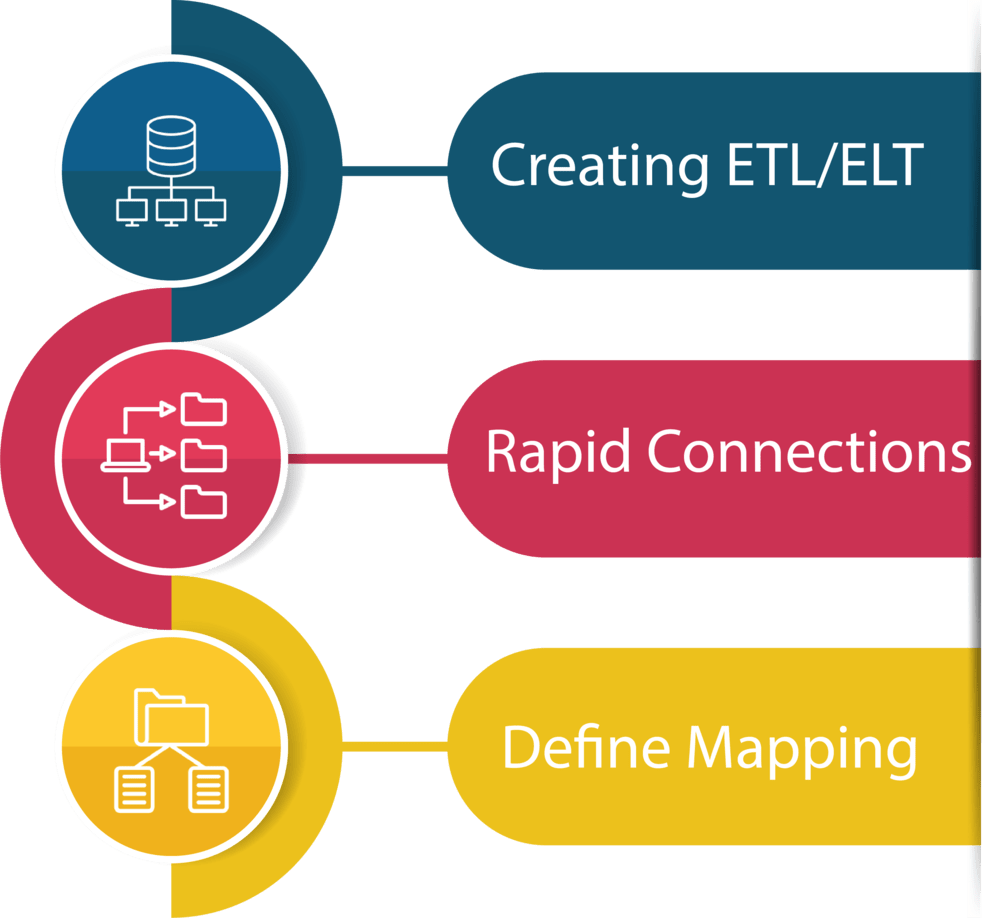
Talend’s TMap module is essential in creating effective ETL/ELT procedures. Users can rapidly establish connections across disparate systems and define mapping rules to convert data to meet various destinations’ specifications.
As an added benefit, this component allows complex logic to be applied directly to data without needing to write code. With its drag-and-drop user interface and seamless transformation processes, this component makes an excellent way for building pipelines or creating ETL/ELT procedures for managing the transformation of information.

Talend Online Training

ETL in Talend
Talend ETL provides businesses with an effective solution for extracting data from databases and other systems, transforming it into usable formats, and loading it into other applications like data warehouses. It combines three key steps into one toolkit that works seamlessly together – data extraction, conversion, transformation,and loading.
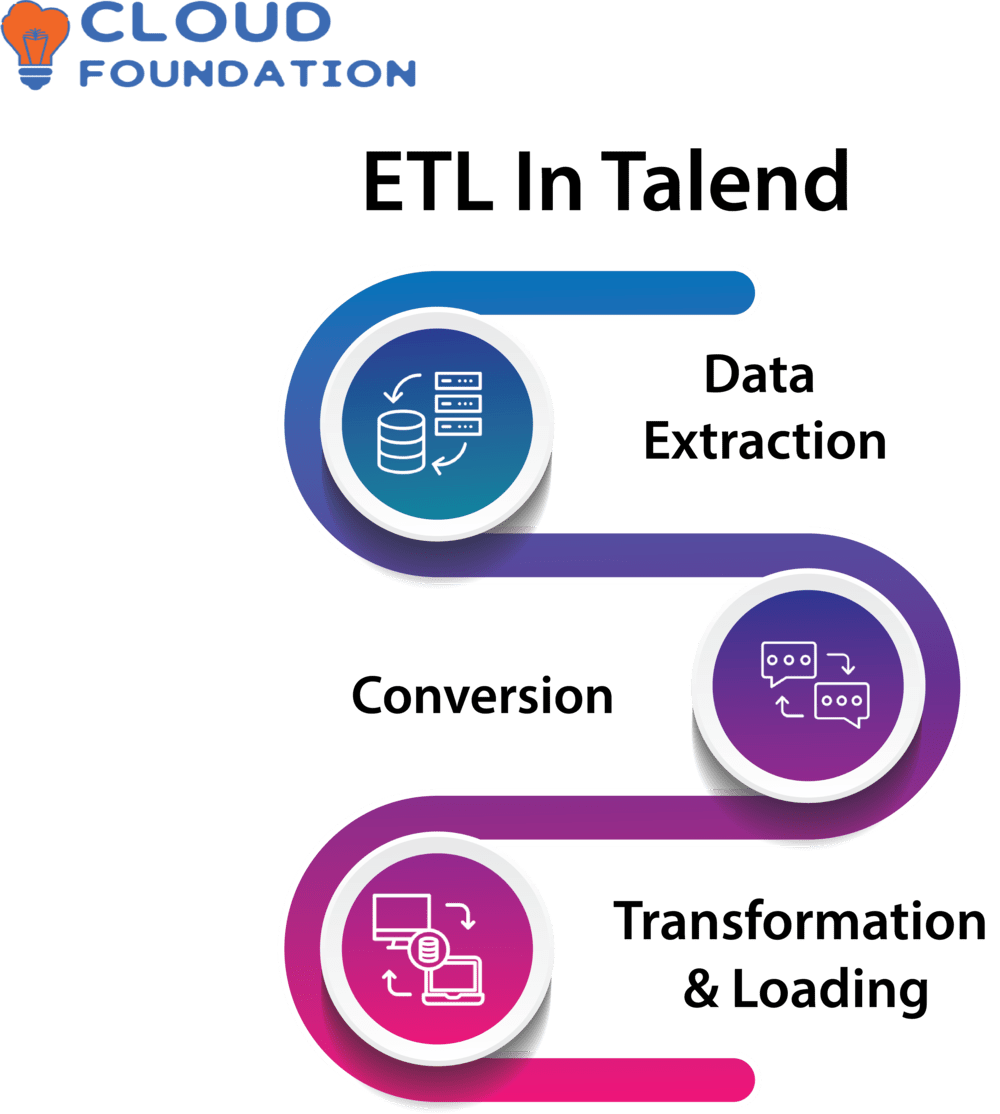
At work, AI technology is often deployed to replace time-consuming manual processes like data input and tracking with more efficient alternatives – increasing both the speed and efficiency of operation. As an efficient data transformation technology solution.
Talend ETL was developed as an answer to increasing demands for improved speed, scalability, and precision in data processing.
It allows us to efficiently exchange information across disparate systems and store it in one centralized, standardized location – saving both time and money by eliminating redundant data entry processes and streamlining our processes.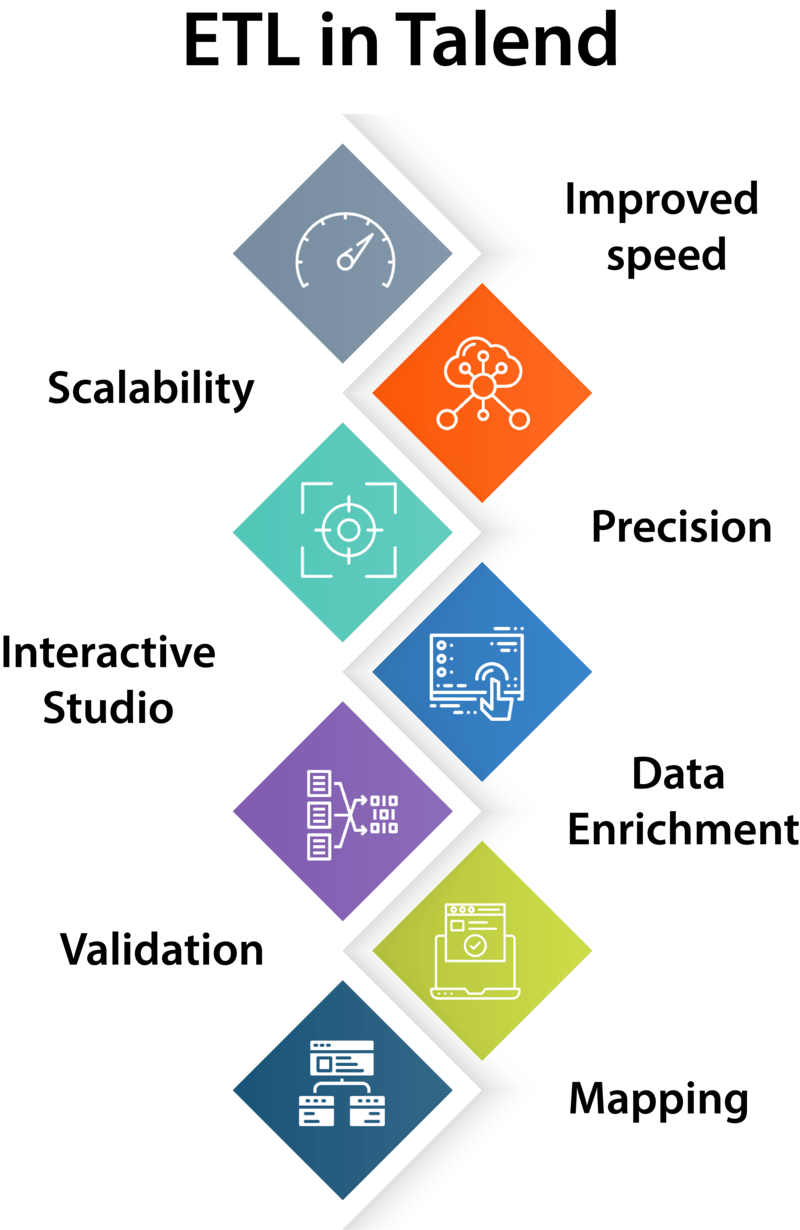
Talend ETL provides programmers with an interactive studio for building data pipelines between source and destination systems that convert information in consistent formats.
Data enrichment, validation, and mapping may all be accomplished easily with this development tool. Furthermore, its pre-installed connections enable it to incorporate many data sources and software programs.
Ultimately this has many advantages such as:
Automation saves both time and resources formerly dedicated to manual data input and monitoring and ensures data is accurate without duplication or duplicity. Furthermore, automating operations improves operational agility, and scalability and simplifies overall operations management.
Last, but certainly not least, this method improves accuracy while saving money by increasing data timeliness while decreasing costly data entry mistakes.
Because it offers scalability, extensive feature support, and ease of deployment, Cloudera Enterprise provides businesses that must manage and analyze large volumes of information an excellent option.
ESB in Talend
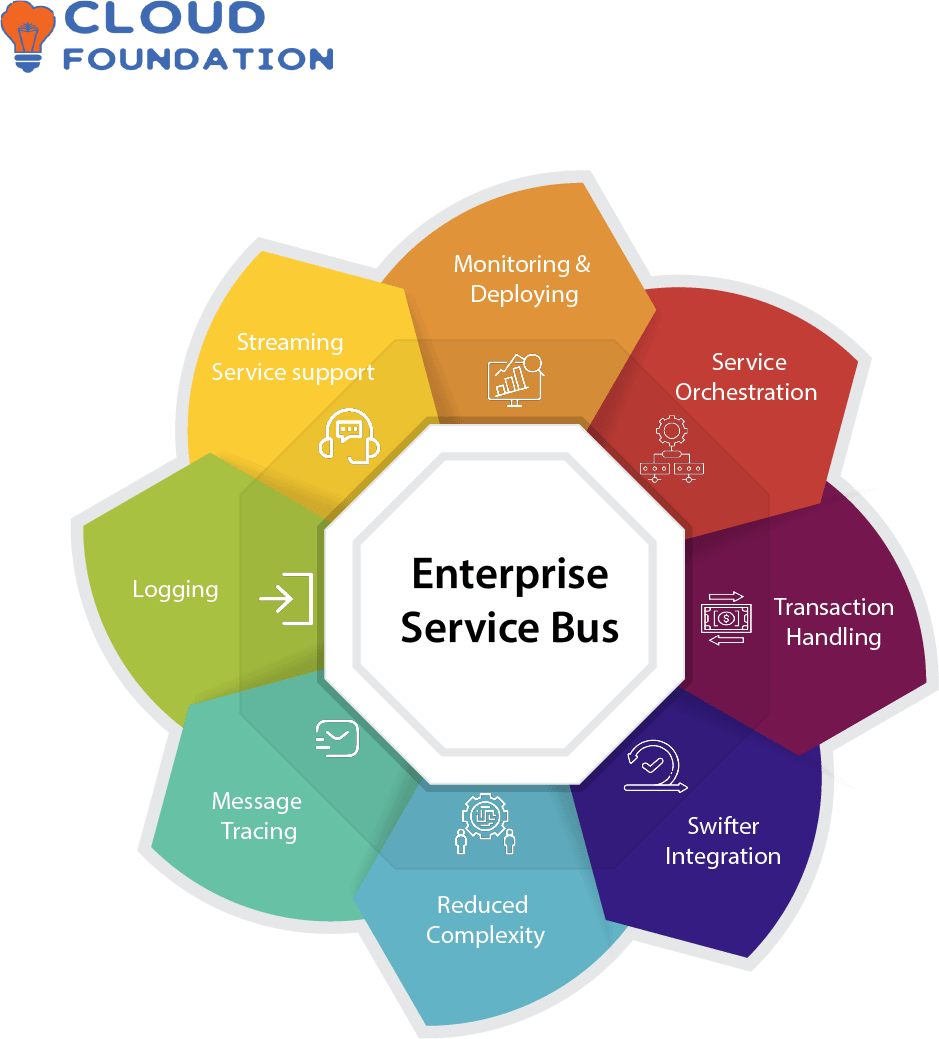
Businesses can streamline the integration process for new parts into existing infrastructure using Talend’s Enterprise Service Bus (ESB), which serves as an ESB and connects disparate software and services quickly and reliably. When utilized properly, an Enterprise Service Bus may allow on-premise and cloud applications/services to easily link with each other quickly and seamlessly.
Utilizing esb basics services you may create, monitor and deploy integration projects without delay or disruption.
This framework offers features to simplify deployment, such as automatic deployment and transaction handling as well as optimized message routing together these allow for swifter integration and reduced complexity.
organizations may save both time and energy when working on enterprise integration initiatives thanks to Talend’s Enterprise Service Bus (ESB). With its extensive techniques available through Talend ESB, organizations may quickly complete enterprise integration initiatives more quickly and with less effort than before.
Talend’s Enterprise Service Bus offers advanced capabilities including message tracing, logging, and monitoring as well as enhanced data quality support as well as optimized scalability through distributed transactions, service orchestration, and streaming service support.
Businesses requiring speedy deployment will find Talend to be their ideal partner.
At this point, we have acquired more knowledge of Talend and acquired experience with it.

Two forms of training may assist us: self-paced and online training. For the former option, here’s some guidance: occupy a free training workshop.
Self-paced training entails students going through the material at their speed without oversight from a teacher
The student is responsible for progressing at his or her speed through lessons – this could involve online courses, video instructional series, or simulations for example – at his own pace.
Online training: Online education refers to an educational method in which students interact directly with teachers and are expected to complete assigned coursework within strict time constraints.
CloudFoundation offers simple ways of understanding Talend content while honing skills while offering support services and relieving any stresses from learning this complex programming language.

Talend Course Price


Harsha Vardhani
Author